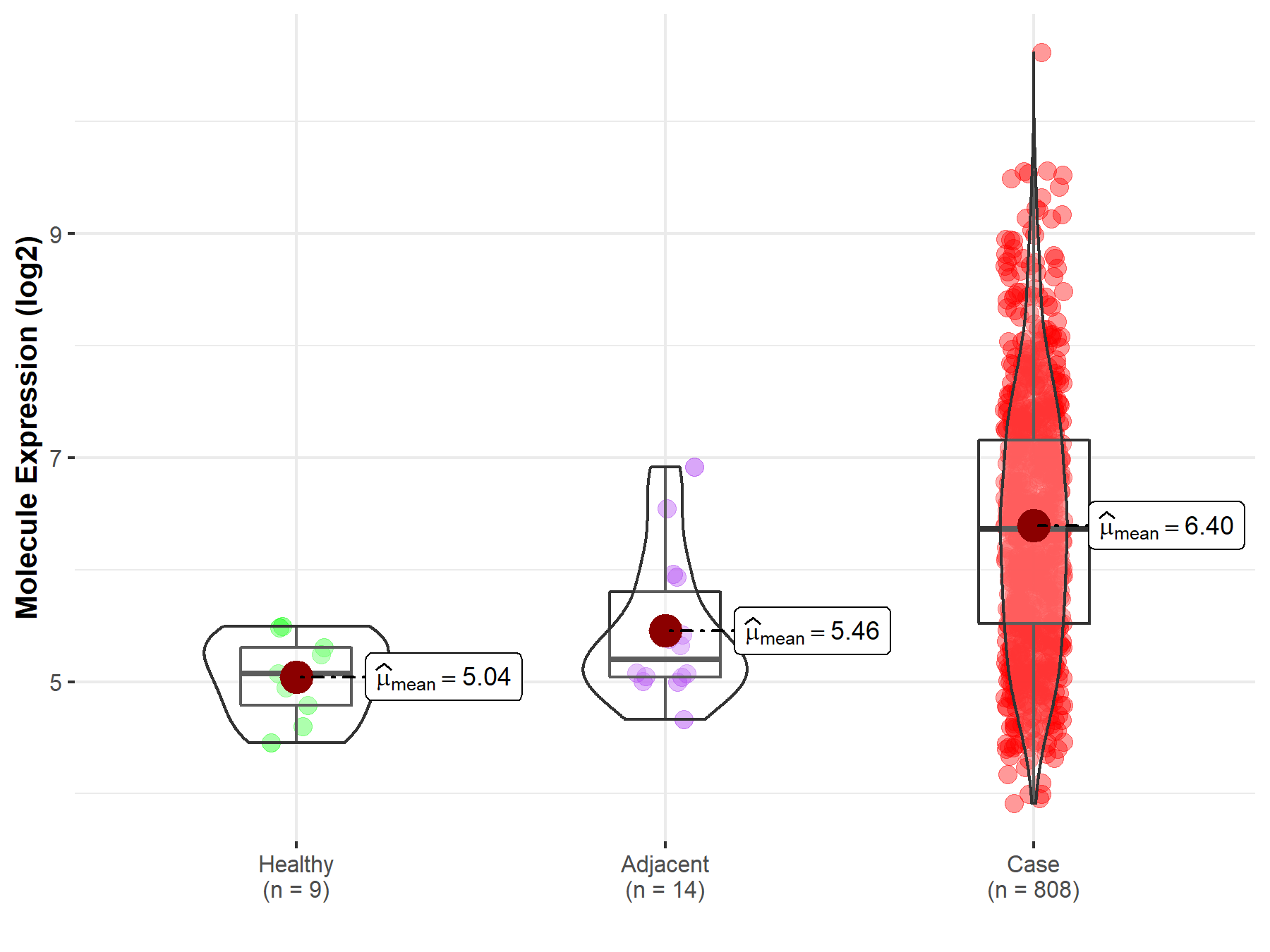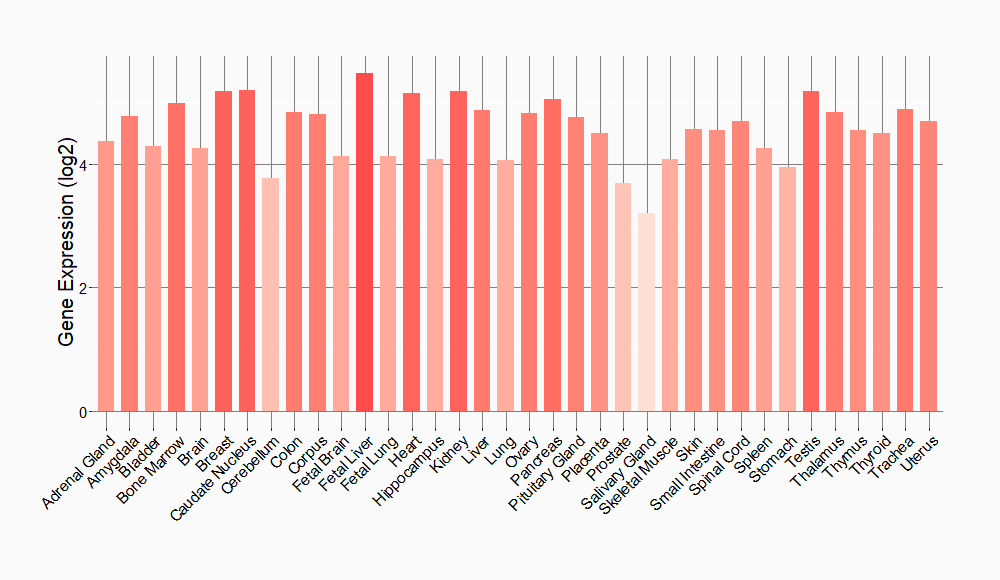Molecule Information
General Information of the Molecule (ID: Mol00445)
| Name |
Integrin beta-8 (ITGB8)
,Homo sapiens
|
||||
|---|---|---|---|---|---|
| Molecule Type |
Protein
|
||||
| Gene Name |
ITGB8
|
||||
| Gene ID | |||||
| Location |
chr7:20330702-20415754[+]
|
||||
| Sequence |
MCGSALAFFTAAFVCLQNDRRGPASFLWAAWVFSLVLGLGQGEDNRCASSNAASCARCLA
LGPECGWCVQEDFISGGSRSERCDIVSNLISKGCSVDSIEYPSVHVIIPTENEINTQVTP GEVSIQLRPGAEANFMLKVHPLKKYPVDLYYLVDVSASMHNNIEKLNSVGNDLSRKMAFF SRDFRLGFGSYVDKTVSPYISIHPERIHNQCSDYNLDCMPPHGYIHVLSLTENITEFEKA VHRQKISGNIDTPEGGFDAMLQAAVCESHIGWRKEAKRLLLVMTDQTSHLALDSKLAGIV VPNDGNCHLKNNVYVKSTTMEHPSLGQLSEKLIDNNINVIFAVQGKQFHWYKDLLPLLPG TIAGEIESKAANLNNLVVEAYQKLISEVKVQVENQVQGIYFNITAICPDGSRKPGMEGCR NVTSNDEVLFNVTVTMKKCDVTGGKNYAIIKPIGFNETAKIHIHRNCSCQCEDNRGPKGK CVDETFLDSKCFQCDENKCHFDEDQFSSESCKSHKDQPVCSGRGVCVCGKCSCHKIKLGK VYGKYCEKDDFSCPYHHGNLCAGHGECEAGRCQCFSGWEGDRCQCPSAAAQHCVNSKGQV CSGRGTCVCGRCECTDPRSIGRFCEHCPTCYTACKENWNCMQCLHPHNLSQAILDQCKTS CALMEQQHYVDQTSECFSSPSYLRIFFIIFIVTFLIGLLKVLIIRQVILQWNSNKIKSSS DYRVSASKKDKLILQSVCTRAVTYRREKPEEIKMDISKLNAHETFRCNF Click to Show/Hide
|
||||
| Function |
Integrin alpha-V:beta-8 (ITGAV:ITGB8) is a receptor for fibronectin. It recognizes the sequence R-G-D in its ligands. Integrin alpha-V:beta-6 (ITGAV:ITGB6) mediates R-G-D-dependent release of transforming growth factor beta-1 (TGF-beta-1) from regulatory Latency-associated peptide (LAP), thereby playing a key role in TGF-beta-1 activation on the surface of activated regulatory T-cells (Tregs) (Probable). Required during vasculogenesis.
Click to Show/Hide
|
||||
| Uniprot ID | |||||
| Ensembl ID | |||||
| HGNC ID | |||||
| Click to Show/Hide the Complete Species Lineage | |||||
Type(s) of Resistant Mechanism of This Molecule
Drug Resistance Data Categorized by Drug
Approved Drug(s)
1 drug(s) in total
| Drug Sensitivity Data Categorized by Their Corresponding Mechanisms | ||||
|
|
||||
| Disease Class: Ovarian cancer | [1] | |||
| Sensitive Disease | Ovarian cancer [ICD-11: 2C73.0] | |||
| Sensitive Drug | Cisplatin | |||
| Molecule Alteration | Expression | Down-regulation |
||
| Experimental Note | Identified from the Human Clinical Data | |||
| Cell Pathway Regulation | Cell apoptosis | Activation | hsa04210 | |
| Cell invasion | Inhibition | hsa05200 | ||
| Cell migration | Inhibition | hsa04670 | ||
| Cell viability | Inhibition | hsa05200 | ||
| In Vitro Model | SkOV3 cells | Ovary | Homo sapiens (Human) | CVCL_0532 |
| In Vivo Model | Nude mouse xenograft model | Mus musculus | ||
| Experiment for Molecule Alteration |
Western blot analysis | |||
| Experiment for Drug Resistance |
CCK8 assay; Transwell assay; Flow cytometry assay | |||
| Mechanism Description | miR-199a-3p enhances CDDP sensitivity of ovarian cancer cells through downregulating ITGB8 expression. | |||
Disease- and Tissue-specific Abundances of This Molecule
ICD Disease Classification 02

| Differential expression of molecule in resistant diseases | ||
| The Studied Tissue | Ovary | |
| The Specified Disease | Ovarian cancer | |
| The Expression Level of Disease Section Compare with the Healthy Individual Tissue | p-value: 1.52E-06; Fold-change: 1.29E+00; Z-score: 3.43E+00 | |
| The Expression Level of Disease Section Compare with the Adjacent Tissue | p-value: 1.07E-04; Fold-change: 1.16E+00; Z-score: 1.79E+00 | |
|
Molecule expression in the normal tissue adjacent to the diseased tissue of patients
Molecule expression in the diseased tissue of patients
Molecule expression in the normal tissue of healthy individuals
|
||
| Disease-specific Molecule Abundances |

|
Click to View the Clearer Original Diagram |
Tissue-specific Molecule Abundances in Healthy Individuals


|
||
References
If you find any error in data or bug in web service, please kindly report it to Dr. Sun and Dr. Zhang.
